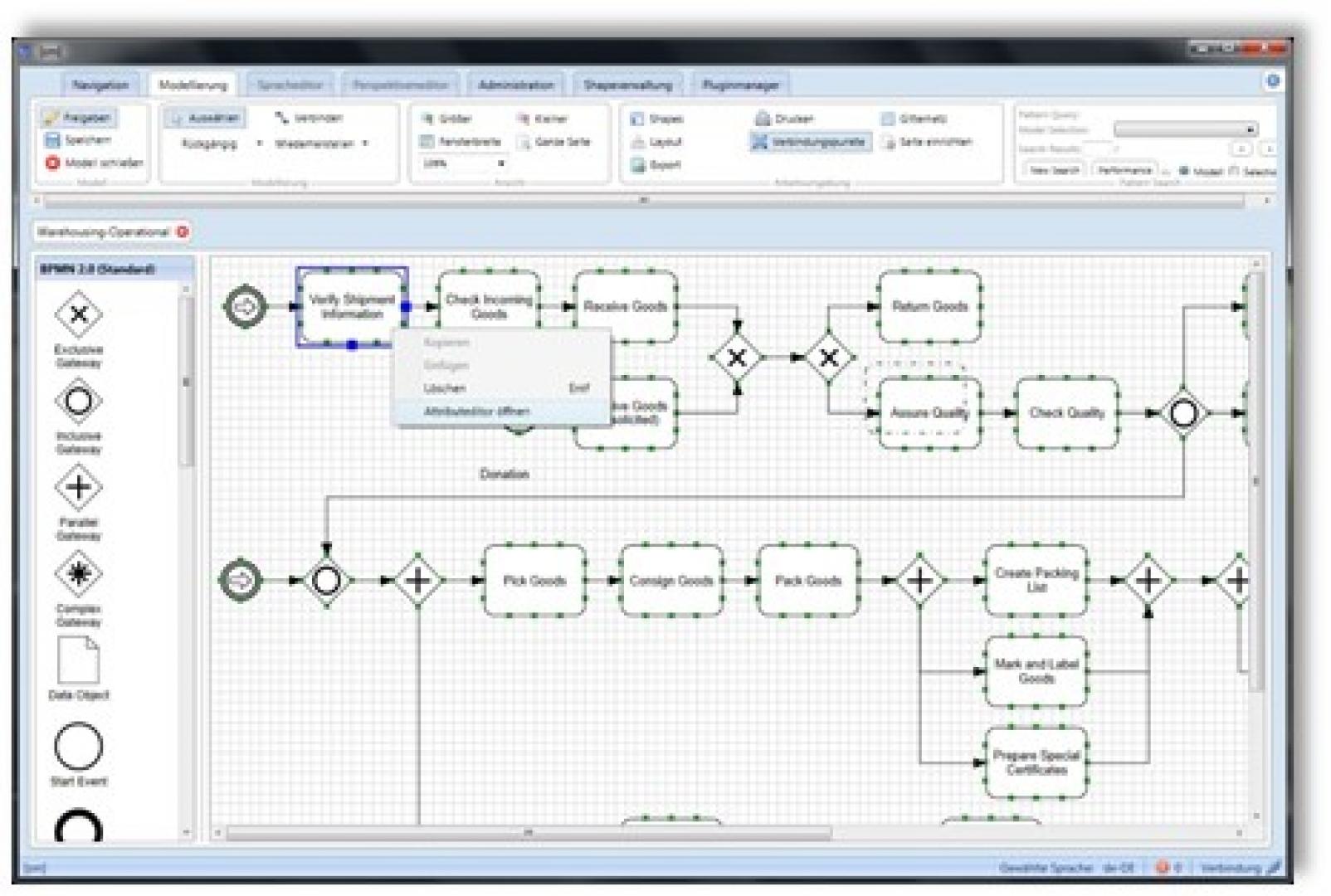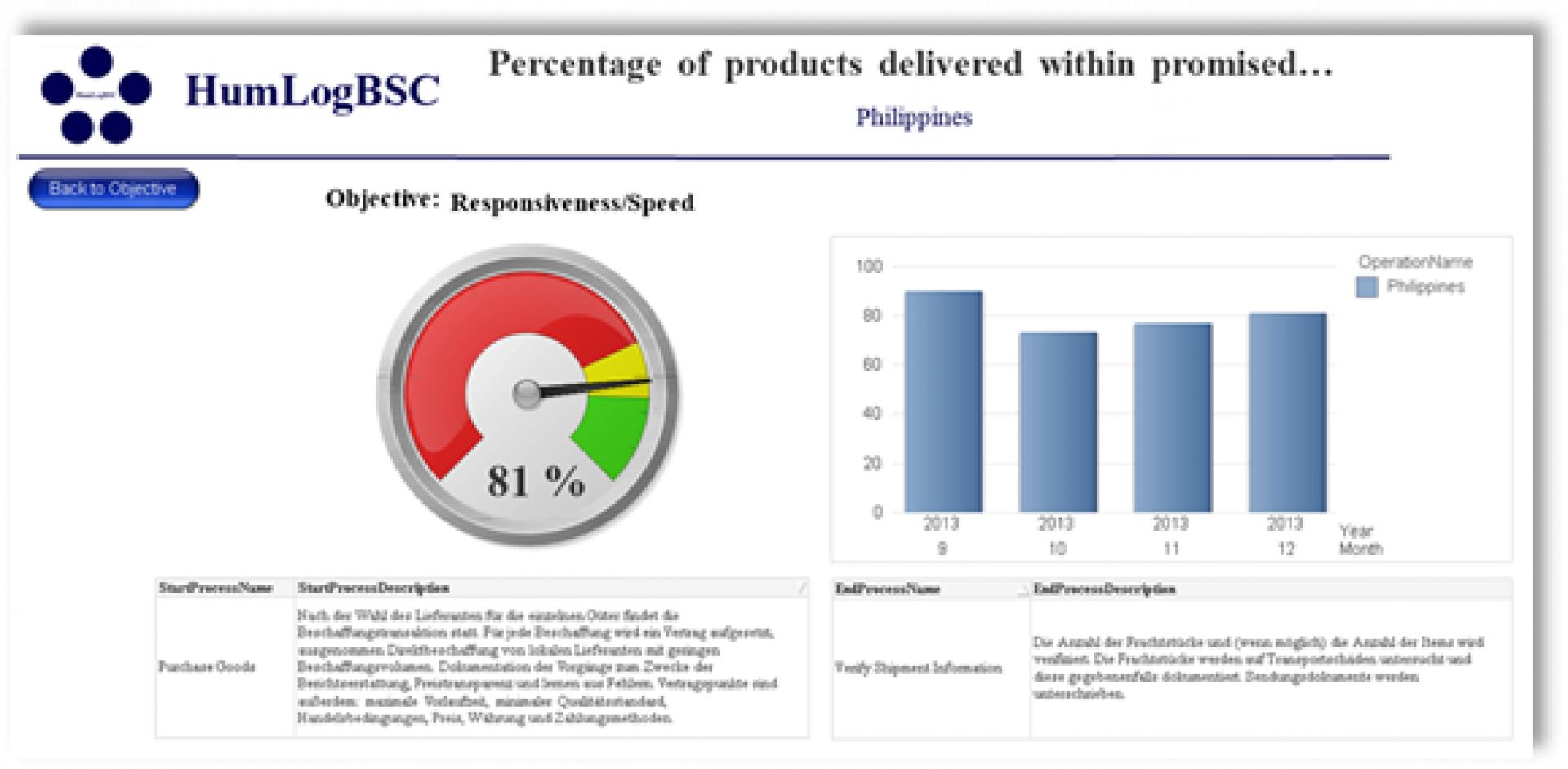Contact
Provider(s):
It can operate on both current operational logistics network and fictional (planned) network configurations. The functionality comprises strategic planning support as well as tactical and operational decision support by assessing and comparing the network performance under given situations and realistic management actions. The main target groups are higher-level crisis managers, coordinating field operations, and responder networks in their strategic network design and configuration. The name “HumLog” refers to the humanitarian logistics context, thereby representing planning, implementation and controlling of efficient, cost-effective flow and storage of goods, materials and equipment as well as related information, from point of origin to point of consumption aiming to meet the beneficiaries’ requirements under given resource capacities.
The implements its main objective from three separate but interconnect viewpoints:
- HumLog[em] is a modelling able to support various modelling languages. Current or planned operational processes are recorded and designed in here. It is suitable for the application of reference models as well as for the model reporting and pattern search.
- HumLogBSC is an IT supported performance system for humanitarian logistics. It is a process-driven and modular Balanced Scorecard, which is based on the reference model of humanitarian logistics. It utilizes the modelled processes to derive a set of performance values.
- HumLogSim is an adaptable simulation environment for discrete event-based and agent-based simulations. It represents activities within and between humanitarian organizations on the way to a defined objective, whilst assessing the overall performance.
HumLog Suite is applicable to different settings and operation levels of . On a strategic level, it supports creating or updating a relief network of one or multiple responder organizations. Using the process modelling features, one can design and evaluate crisis management operations to plan daily operations or to prepare actions in case of a crisis event. Beyond this, the simulation environment can analyse different possible network configurations in terms of facility locations, relief goods stock values, warehouse capacities, human resources and others. By executing so-called “what-if” scenarios, the performance of a planned network can be simulated under a fictive crisis event, which can make use of historical crisis event data to represent a realistic .
On a tactical level, these capabilities can also be utilized to compare possible execution plans and to estimate their expected outcomes. Given a relief network of one or multiple responder organizations in an actual crisis event, crisis management commanders can test different strategies in addressing the crisis without any influence on the real world resources. The simulation capabilities can thereby be freely adapted to the needs of an individual organization, like the construction of sandbag barriers, evacuation of the population or allocation and transportation of human resources. The simulation will take all available resources and capacity restrictions into account to provide a complete and sophisticated execution protocol, which can then be used by command staff to compare execution strategies.
Supported Use Cases
HL-01 Define Relieve Network Configuration and Objective
HL-02 Assess and Compare different Relieve Strategies
 |
Portfolio of Solutions web site has been initially developed in the scope of DRIVER+ project. Today, the service is managed by AIT Austrian Institute of Technology GmbH., for the benefit of the European Management. PoS is endorsed and supported by the Disaster Competence Network Austria (DCNA) as well as by the STAMINA and TeamAware H2020 projects. |


